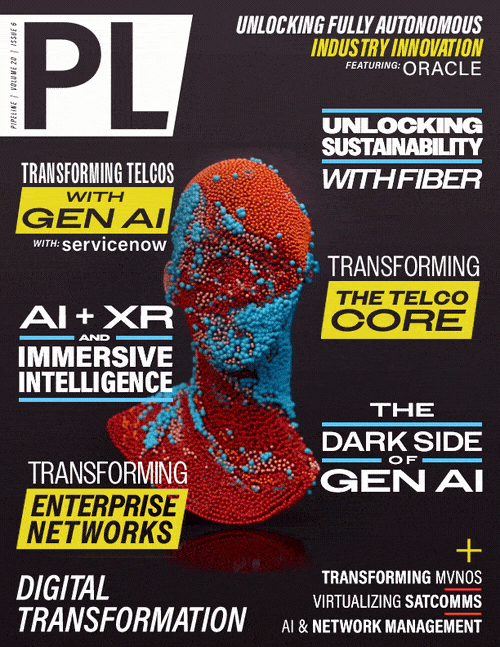Comcast Partners With HUD To Close Digital DivideComcast and the U.S. Department of Housing and Urban Development Collaborate to Close the Digital Divide for up to 2 Million HUD-Assisted Households in Major Internet Essentials Program ExpansionComcast today announced it is collaborating with the US Department of Housing and Urban Development (HUD) to provide Internet essentials that will reach more than 40 percent of all HUD-assisted households nationwide in an effort to further close the digital divide that hinders connectivity in lower income households Today, Comcast and the U.S. Department of Housing and Urban Development’s (HUD) ConnectHome initiative took an historic step to close the digital divide in America. Now, public housing and HUD-assisted residents living in Comcast’s service area are eligible to apply for Internet Essentials, the company’s acclaimed, high-speed internet adoption program for low-income families. Including homes covered by Comcast’s pilot public housing expansion announced in March, an estimated total of up to 2 million HUD-assisted homes, including Public Housing, Housing Choice Voucher, and Multifamily programs, will now have access to low-cost internet service. “ConnectHome is opening doors of opportunity for our next generation of Americans,” said HUD Secretary, Julián Castro. “Today’s announcement has the potential to transform the lives of hundreds of thousands of kids across the nation by giving them the tools to reach their full potential. We’re grateful to Comcast for joining the ConnectHome initiative, which has extended its reach to more than 1.5 million children in one short year.” “This announcement reaffirms Comcast’s determination to make a meaningful impact to close the digital divide for low-income families in this country,” said David L. Cohen, Senior Executive Vice President and Chief Diversity Officer of Comcast. “This is the single largest expansion of the Internet Essentials program in its history, and we’re thrilled to be working with HUD to help connect even more families, including seniors, veterans, and adults without children, to the transformative power of having internet service at home.” Between 2009 and 2014, broadband service providers spent over $422 billion on capital investments, and three in four American households now use broadband at home. Despite this significant progress, one in four American households still don’t access the internet at home, particularly lower-income families with children. According to the 2013 American Community Survey, less than 43 percent of individuals without a high school diploma or equivalent lack home internet access, but under this opportunity adults and young learners can get connected from the comfort of their own homes and take advantage of resources to get a GED credential, apply for and complete college, and acquire the necessary digital literacy skills to thrive in a highly competitive, global workforce. ConnectHome strives to ensure students can access the same level of high-speed Internet at home that they have in their classrooms. Today’s announcement furthers this vision, benefiting students of all ages. This is the ninth time in five years Comcast has expanded eligibility for Internet Essentials. The policy change marks the first time, nationally, households without children eligible to participate in the National School Lunch Program are officially able to apply for Internet Essentials. In 2011, the program was first offered to families with children eligible to receive a free school lunch from the National School Lunch Program. It was expanded, in 2012, to children eligible for the reduced price school lunch program. In 2013, Comcast expanded eligibility to include families with children in parochial, private, charter, and cyber schools, as well as students who are home schooled. Last year, Comcast extended the program two more times, on a pilot basis, to low-income seniors and low-income community college students. Earlier this year, another pilot program extended Internet Essentials to those living in public housing in Miami, Nashville, Philadelphia, and Seattle. Finally, Comcast has expanded the number of schools where every student in the school will be deemed eligible for the program so long as a certain percentage of the kids in that school are NSLP eligible – from 70 percent, to 50 percent, and now to 40 percent. As a result, Comcast estimates auto-enrollment now applies to about half of the 48,000 schools across its service area. Source: BusinessWire | |

















